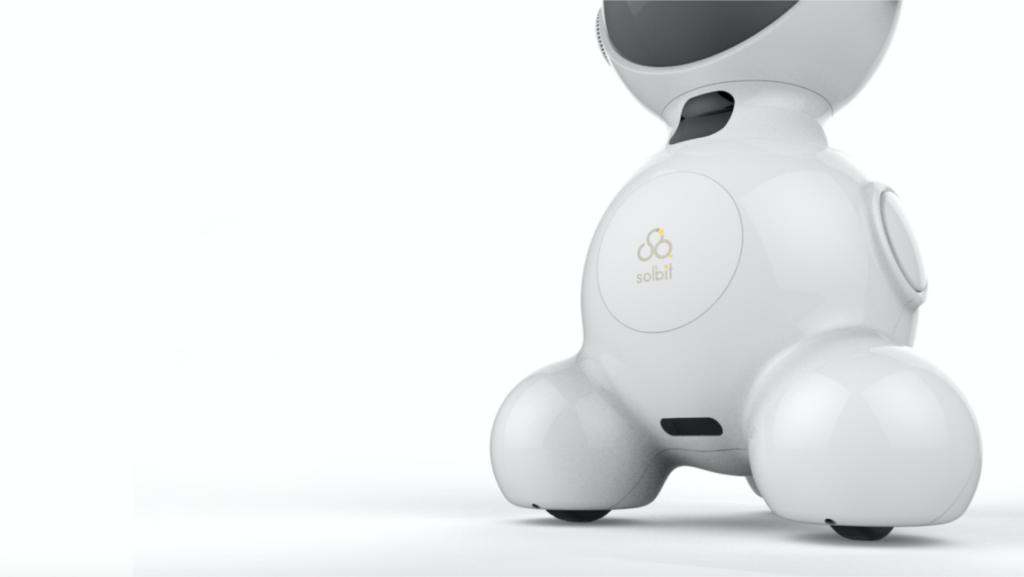Solbit is the first robotic companion that reacts to emotions. Using AI (artificial intelligence) and a STEAM methodology (science, technology, engineering, arts, and math), Solbit follows, interacts with, and adapts to your child to play, learn, and grow together in a responsive environment. Image recognition is an essential feature of a robot.
Through its machine learning algorithms, Solbit recognizes its unique talents. Builds on their creative strengths and accelerates their skills development. It grows with the children.
Vision
Solbit’s goal is to transform education for the digital age. We have reached 65 million children in China under 12 years old, and they need to adapt to the fast-growing digital world. Our challenge is to enhance the education curriculum with Solbit, a device that can move around and communicate. We incorporate AI speech recognition, computer vision, and interaction to provide feedback to children.

Research findings
Excessive screen time during childhood has been linked to poorer cognitive abilities, academic performance, and language development. It also reduces the quantity and quality of interactions between children and caregivers. So, we have developed a conversational AI method for interaction and feedback using animated visuals and voice.
Solution
Solbit uses a projector to share user feedback and has interactive animation showing predefined expressions on the face. Image recognition algorithms help Solbit identify objects and interact with children. Using machine learning, we have created hundreds of scenarios for interaction with Solbit ( Robot ).



We have conducted extensive field research in Chinese schools and invited children to our studio to interact with Solbit (MVP) and repeat the experience over three months. The Nanjing government provided funding for this initiative after recognizing that we had addressed the issue of the child policy.




I have designed the robot’s reactions to convey emotions to the users for every action. For example, when the battery is low, instead of just saying “low battery,” the robot will play an animation and say, “Hey, I am tired. Let me rest for ten minutes,” and then it will return to the charging station.
We have also created a platform that links teachers and experts to develop lessons based on educational frameworks. Teachers and content creators can produce various forms of content, including audio and video, which can be accessed on different devices. The platform, Guwoo, is designed to be decentralized using blockchain networks.
